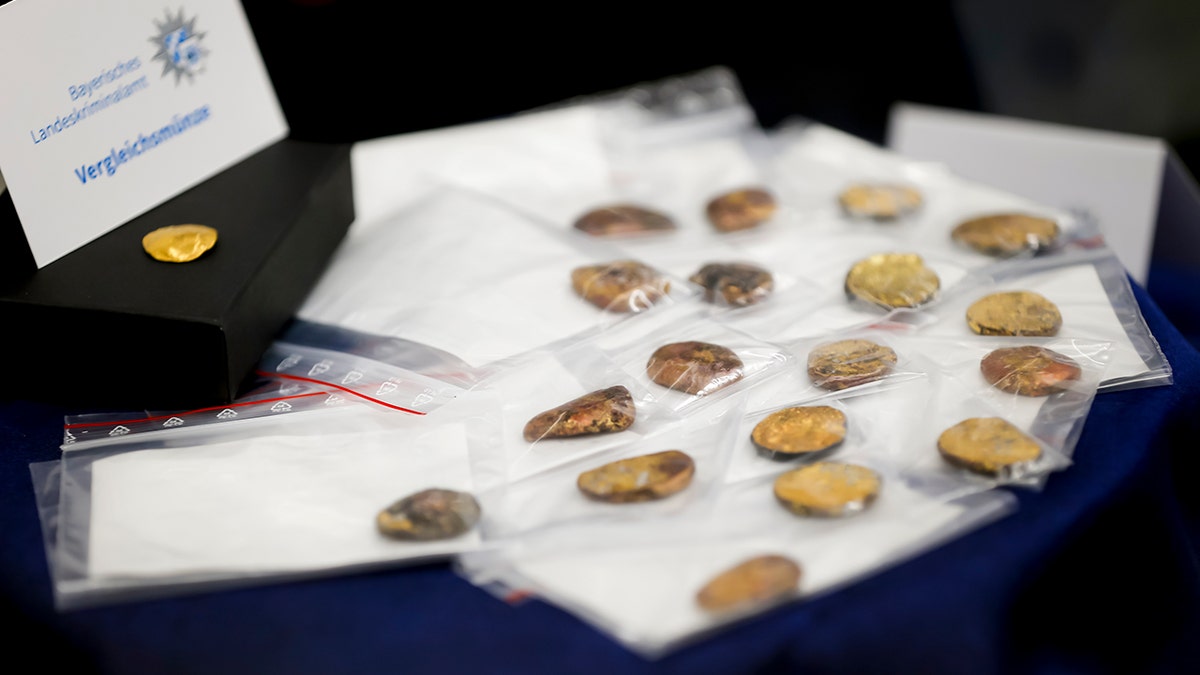Following the November 22nd robbery of 483 Celtic gold coins from the Celtic and Roman Museum in Manching, Germany, investigators have made a partial recovery. While some of the stolen artifacts, dating back to 100 B.C., appear to have been melted down, authorities remain optimistic about retrieving the remaining portion of the historical treasure. Four suspects were apprehended on Tuesday, linked through DNA evidence found at the scene to a series of prior robberies across Germany and Austria. This Manching museum heist, however, marks their first documented instance of targeting cultural artifacts.
The recovered gold consists of 18 lumps, each believed to be the product of melting down four coins. Analysis suggests the alloy composition closely matches that of the original coins, though further testing is being conducted. This unfortunate discovery translates to the irretrievable loss of roughly 70 coins, significantly impacting their cultural and historical value.

The image above displays comparison coins presented during a press conference held by Bavarian State Criminal Police Office in Munich, Germany on July 20, 2023, addressing the arrests made in connection with the Manching gold treasure theft. (Uwe Lein/dpa via AP)
The suspects, whose professions range from telecoms engineer and accountant to shop manager and demolition worker, have remained silent since their arrest. A judge has mandated they be held in custody, facing potential charges of gang robbery, which carries a maximum sentence of ten years imprisonment. Three of the four individuals are also implicated in eleven other robberies spanning from 2014 to 2022, targeting supermarkets, a vehicle registration office, and a casino.
Investigators have revealed that the museum heist involved severing telecommunications cables, effectively disabling local networks. The perpetrators executed the robbery within a mere nine minutes, bypassing the museum's alarm system. Similar tactics, including the use of black overalls, crowbars, radio jammers, and cable cutting, were employed in their previous heists. One of the suspects is notably tall, a distinguishing characteristic potentially aiding in their identification.
Raids on 28 properties resulted in the recovery of some of the equipment believed to have been used in these crimes. One suspect was found carrying the 18 gold lumps in a plastic bag. Rented vehicles linked to the suspects were observed near other museums in Frankfurt, Idar-Oberstein, Trier, and Pforzheim earlier this year, suggesting they were scouting additional targets. A tip regarding a potential handover related to the Manching theft ultimately led to the arrests.








